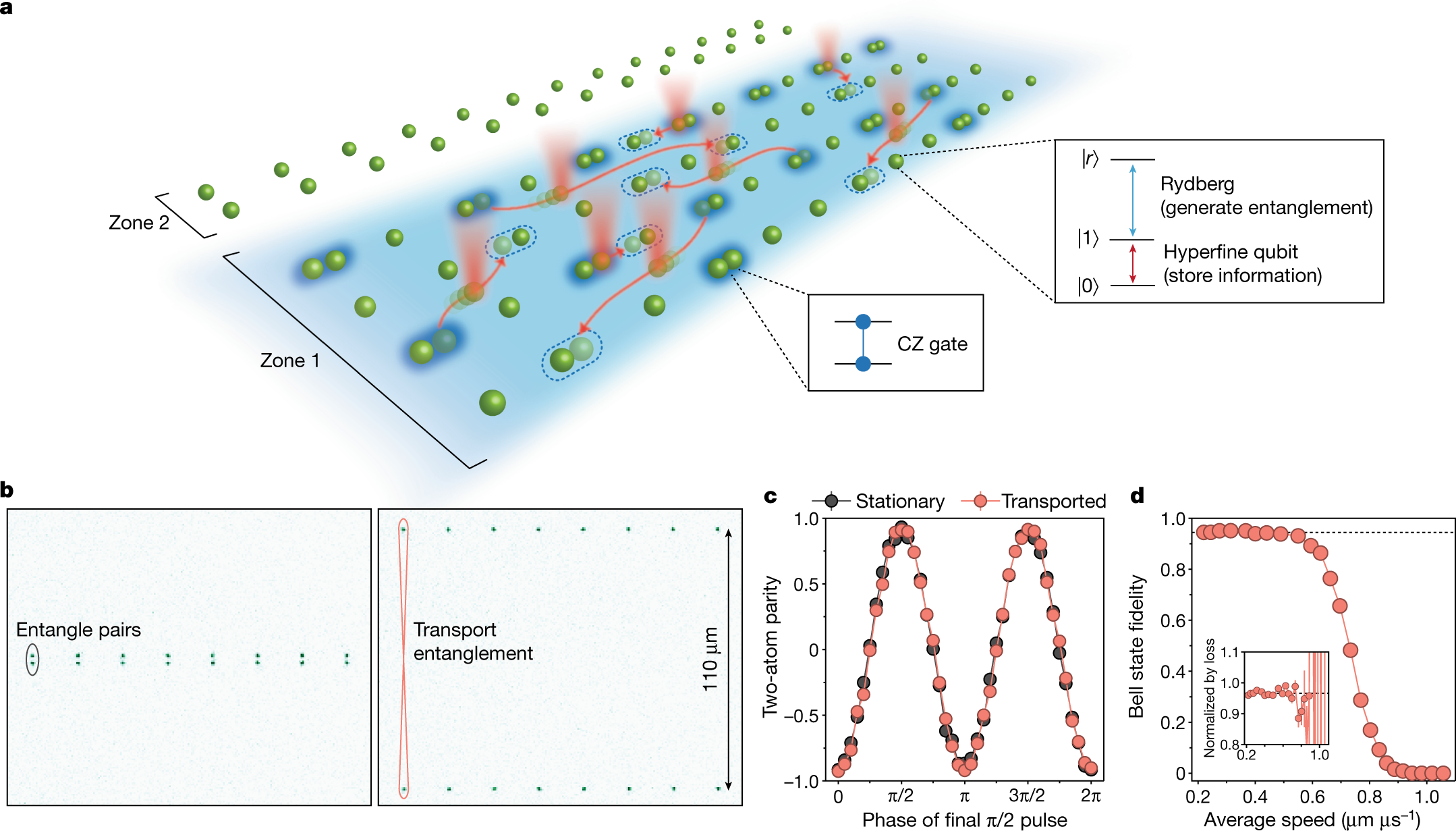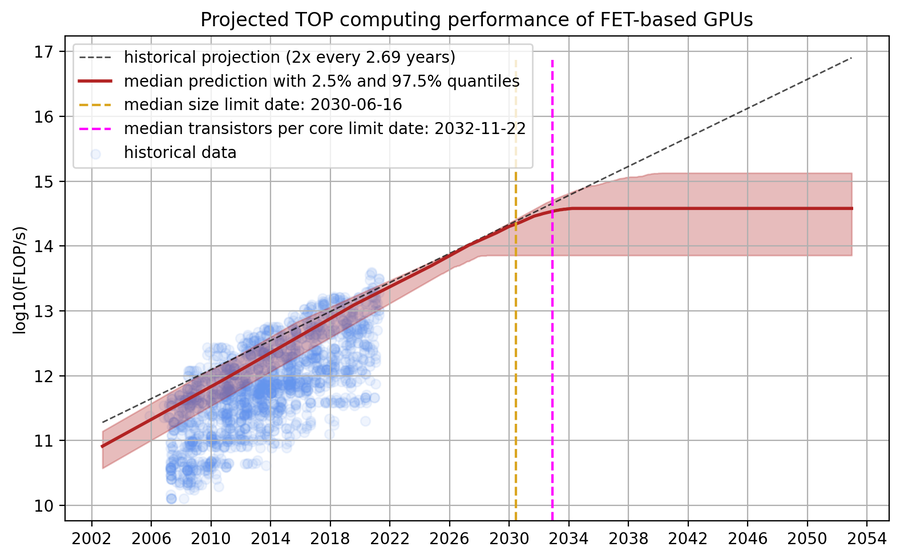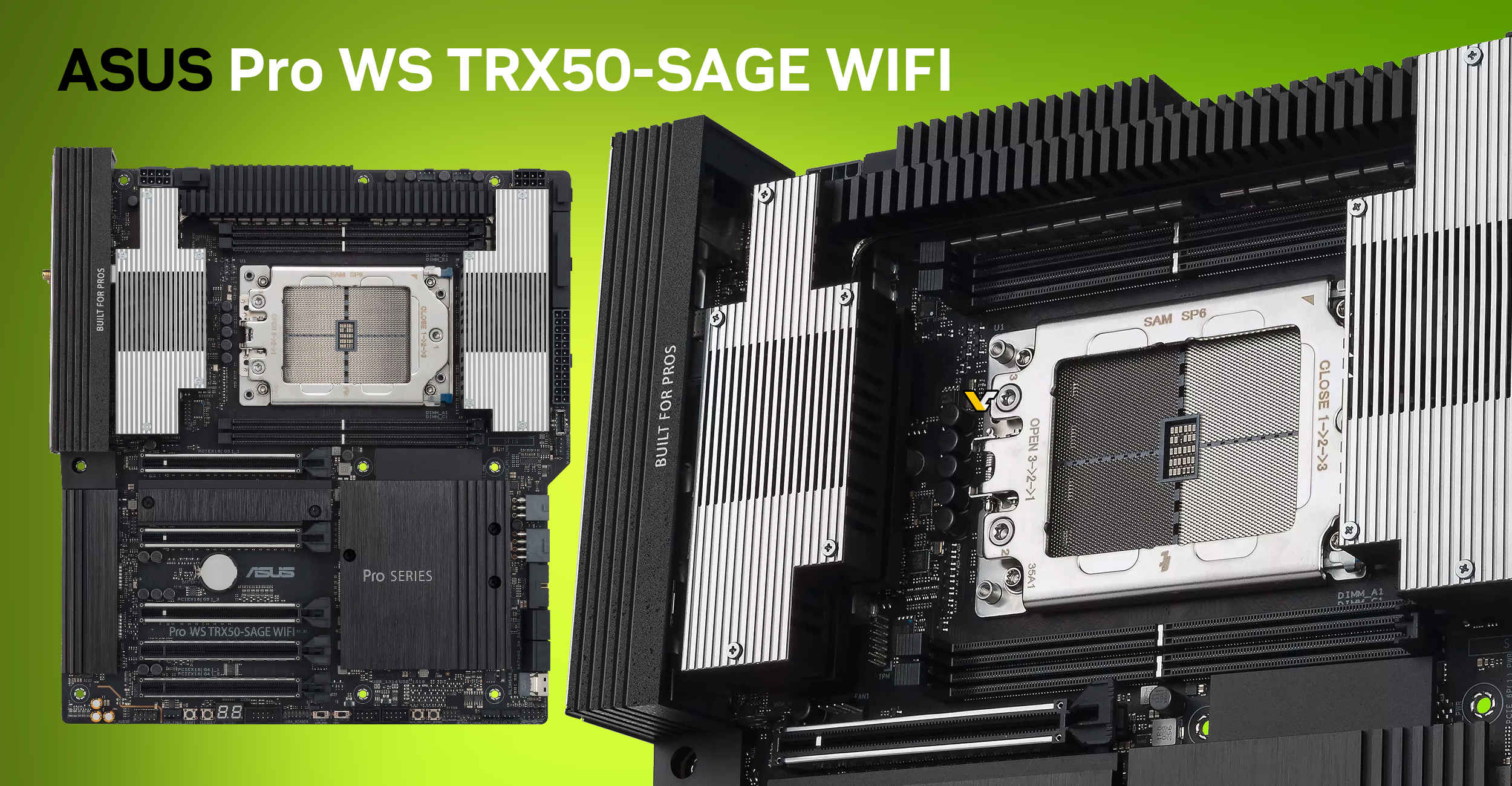CPU clock speed jumping refers to the fluctuation in processor speed as it operates. This variation can optimize performance and power efficiency.
In the realm of computer processors, clock speed is a critical factor that determines how quickly a CPU can process information. A CPU’s clock speed can dynamically adjust based on workloads, thanks to modern power-saving features and performance scaling technologies.
This phenomenon is not unusual; it’s part of the design that allows a balance between peak performance and energy conservation. Manufacturers implement this through mechanisms such as Intel’s Turbo Boost or AMD’s Precision Boost, which scale the clock speed as needed. Understanding these fluctuations is vital for enthusiasts aiming to optimize their systems or troubleshoot performance issues. Users monitoring their CPUs may notice the speed rising and falling—an indication of the processor’s intelligent adjustment to current tasks and thermal conditions.

Credit: www.anandtech.com
The Pulse Of Your Cpu: Why Clock Speed Matters
Imagine your computer is like an athlete. The CPU is the heart. The clock speed is how fast this heart beats. When the heart beats faster, the athlete runs faster. This is why the clock speed matters. A faster CPU makes a faster computer.
Defining Cpu Clock Speed
CPU clock speed is the number of cycles a CPU can perform per second. It’s like the beat of a drum. This speed is measured in GHz or MHz. One GHz equals one billion cycles per second. Higher numbers mean quicker processing. Let’s break it down:
- 1 Hz (Hertz) = 1 cycle per second
- 1 MHz (Megahertz) = 1 million cycles per second
- 1 GHz (Gigahertz) = 1 billion cycles per second
Impact Of Clock Speed On Computer Performance
Clock speed is key for a computer’s speed and ability to multitask. It impacts everything from opening apps to playing games. Think of a CPU like a factory. More beats mean more products made. Here’s what happens with a faster clock speed:
| Effect of Higher Clock Speed | Benefits |
|---|---|
| Quick Response | Apps open faster |
| Better Multitasking | Switch between apps smoothly |
| Enhanced Gaming | Games run without lag |
| Faster Data Processing | Work gets done quicker |
In short, the clock speed decides how quickly a CPU can handle tasks. It’s vital for a good computing experience. Remember, other factors also play a role. These include the number of CPU cores and the type of tasks being performed.
Navigating The Waves: Causes Of Cpu Clock Speed Fluctuations
CPU clock speeds are not constant. They change like waves in the ocean. As users, witnessing the fluctuating numbers can cause concern. Are these changes normal? What sparks them? This section dives into why your CPU clock speeds jump, revealing the mechanisms behind this digital ebb and flow.
Dynamic Frequency Scaling Explained
Think of Dynamic Frequency Scaling (DFS) as a brainy cruise control for your CPU. It adjusts the clock speed to match the workload.
- Less work: CPU slows down.
- More work: CPU speeds up.
| Task | Clock Speed |
|---|---|
| Browsing | Low |
| Gaming | High |
This helps save energy and keeps your machine running smoothly.
Thermal Throttling And Power Management
CPUs get hot. Thermal throttling helps against overheating.
- CPU gets too warm.
- Clock speed drops.
- Temperature returns to safe levels.
Power management also controls clock speeds.
- Battery mode: Slower speeds to save power.
- Plugged in: Faster speeds for performance.
These features ensure long-lasting CPUs and consistent performance.
Benchmarking Performance: Assessing Your Cpu’s Speed
Understanding your CPU’s speed is like knowing how fast your car can go. To keep your computer in top form, you need to check its speed. This is called benchmarking. Let’s learn how to assess your CPU’s clock speed and what tools can help you.
Tools For Monitoring Cpu Clock Speed
To start, you need the right tools. Think of these as your speedometers. They will show how fast your CPU runs. Here’s a list of some great ones:
- CPU-Z: Shows details about your CPU, including speed.
- HWMonitor: Keeps an eye on all hardware statistics.
- Speccy: Gives all the info on your CPU and more.
- Core Temp: Tells the temperature and speed for each CPU core.
Decide on the best tool for you. Install it and watch your CPU speed live.
Interpreting Benchmark Results
After testing, you will see numbers. These are your results. High numbers can mean a fast CPU. But, it’s not all about the speed. Keep these points in mind:
| Term | Meaning |
|---|---|
| Base clock | This is your CPU’s normal speed. |
| Boost clock | At times, CPU can go faster than normal. |
| Thermal Throttle | If too hot, CPU may slow down to cool off. |
| Single/Multi-core performance | How well one or all cores are doing. |
Look at your CPU speed in different situations. Compare them to what the maker says. If numbers are too low, your CPU may need help. Maybe it’s working too hard or getting too hot.

Credit: www.pcmag.com
Turbocharging Your Processor: Optimization Techniques
Your CPU is the brain of your computer, and just like you push your limits, your CPU can too. By tweaking the power settings and dabbling in overclocking, you can see a noticeable difference in performance.
Adjusting Power Settings For Stability
Stable power means stable performance. Let’s dive into how you can adjust your system’s power settings to achieve just that.
- Navigate to your control panel and find the power settings.
- Choose a high-performance plan or customize your own.
- Adjust your plan to minimize power fluctuations.
These steps help your CPU maintain a consistent clock speed, preventing unwanted jumps.
Overclocking For Enthusiasts
Thrilled about squeezing more speed from your CPU? Overclocking could be for you.
- Check your CPU’s overclocking capabilities.
- Invest in a quality cooling system.
- Gradually increase your CPU’s clock rate.
- Test stability with stress-testing software.
- Tune your settings until optimal performance is achieved.
| Before Overclocking | After Overclocking |
|---|---|
| Base Clock Speed | Increased Clock Speed |
| Default Voltage | Adjusted Voltage |
| Standard Cooling | Enhanced Cooling |
Remember, overclocking increases wear on your CPU, so proceed with caution!
When Speed Hurts: Risks And Limitations Of Pushing The Cpu
CPU clock speed jumping can seem attractive. Faster speeds promise better performance. But it is not always safe. High speeds can harm your computer. Let’s explore the risks tied to pushing your CPU too hard.
Potential For Overheating And Wear
Overheating is a common danger when CPUs run too fast. Heat builds up. It can damage parts inside your computer.
- Less Lifetime: Hot CPUs have shorter lives.
- Unexpected Shutdowns: Your computer might turn off suddenly to avoid heat damage.
- Throttling: To prevent heat, CPUs slow down by themselves.
These issues mean constant high speeds are not good. Computers need rest and proper cooling. Always check temperatures. Use software or check the BIOS to monitor heat.
Weighing The Benefits Against The Risks
Fast CPUs can be great. They help in games and work tasks. But, speed can also be a danger to your system. It’s important to think carefully about how fast your CPU really needs to run.
| Benefit | Risk |
|---|---|
| Quick task handling | Possible overheating |
| Better gaming performance | Shortened CPU life |
| Efficient multi-tasking | Stability issues |
Smart CPU usage is key. Balancing speed and care ensures a long computer life. Think about what you do with your computer. You might not need that extra speed. Your computer’s health is more important.

Credit: www.nature.com
Staying Current: The Future Of Cpu Speed And Performance
The landscape of CPU speed and performance is always evolving. Tech enthusiasts and professionals alike must stay informed. Upcoming CPUs promise faster speeds. These improvements are due to breakthroughs in technology. Read on to understand how you can prepare for the future.
Emerging Technologies And Trends
Technology is advancing rapidly. In the CPU realm, this translates to more speed and efficiency. Experts are talking about several key trends that could redefine CPU capabilities:
- 3D Stacking: This technique stacks chips vertically. It allows for faster communication between components.
- Graphene Transistors: Graphene could replace silicon. It allows for incredibly fast electron movement, improving speed.
- Quantum Computing: This leap forward uses quantum bits. It provides potential for massive speed gains.
- Optical Computing: Using light instead of electrons, this method can greatly accelerate data processing.
Preparing For The Next Generation Of Cpus
To get ready for future CPUs, consider these steps:
- Stay updated on latest specs and releases.
- Understand your current and future computing needs.
- Invest in hardware that can support new CPU technologies.
- Keep software updated to take advantage of new CPU enhancements.
By preparing, you’ll harness the full potential of future CPUs. Embrace the speed and performance to come!
Frequently Asked Questions For Cpu Clock Speed Jumping
Why Does Cpu Clock Speed Fluctuate?
CPU clock speed can fluctuate due to power-saving technologies, thermal management, and variable workloads. When less processing power is needed, the speed is reduced to save energy and decrease heat. Conversely, it increases for demanding tasks to enhance performance.
How Does Cpu Boost Technology Affect Clock Speed?
CPU Boost technology, like Intel’s Turbo Boost and AMD’s Precision Boost, allows automatic clock speed increases. It dynamically enhances performance when the workload is heavy, providing a temporary speed hike until thermal or power limits are reached.
Can Overheating Cause Erratic Cpu Clock Speeds?
Yes, overheating can cause erratic CPU clock speeds. Processors have built-in thermal protection that reduces clock speed to prevent damage from high temperatures. Adequate cooling is crucial to maintain consistent performance.
Is Constant Cpu Clock Speed Jumping Harmful?
Frequent jumping is generally not harmful as modern CPUs are designed to handle dynamic clock speeds. However, extreme fluctuations might indicate power delivery issues or cooling problems that should be examined to ensure longevity.
Conclusion
Understanding CPU clock speed fluctuations is crucial for optimal computer performance. Recognizing the reasons behind a jumping clock speed can prevent potential system hiccups. It’s essential to monitor and manage these variations carefully. Armed with the insights from this post, you can ensure your CPU runs efficiently, maintaining a seamless computing experience.



